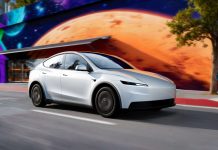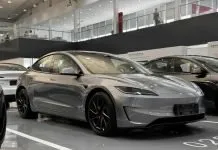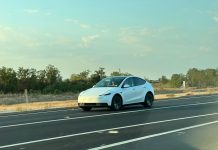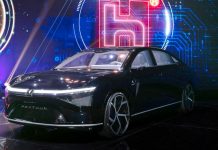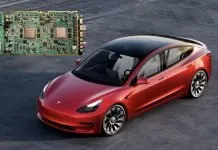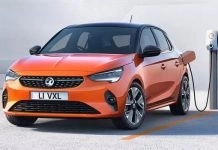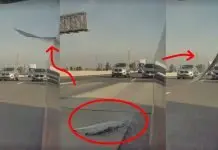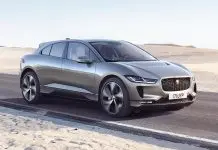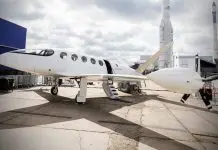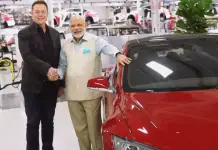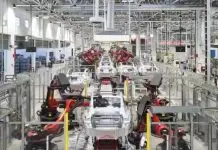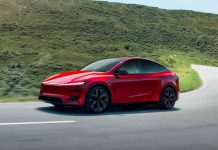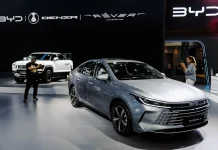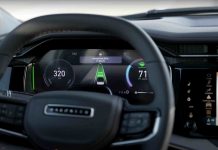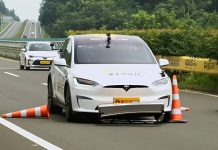The visionary Robotaxi service of Tesla is getting some buzz in the global market as the company initiates initial roll-outs and pilot tests in various locations. Whether it is accidental appearances outside geofenced territories within the United States to successful test replications within China, the autonomous aspirations of Tesla raise both eyebrows and the standards, as well as an intention to regulate such advances.
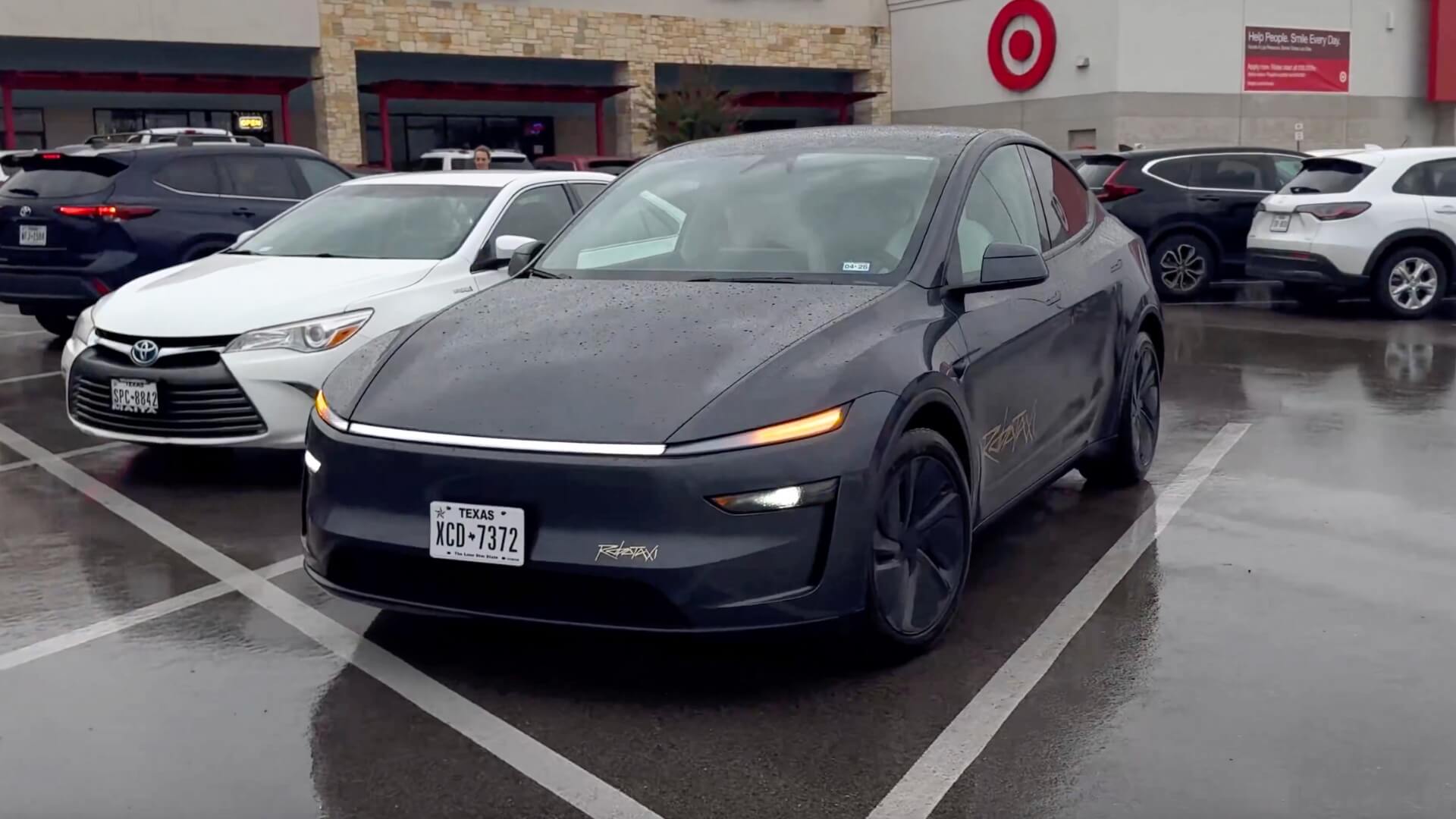
Robotaxi Uses Safe Pickup Protocols
The latest change in the behavior of Robotaxi by Tesla involves the safety of passengers during the pick-up. As company insiders and videos on social media indicate, Tesla Robotaxis is currently programmed to locate available parking spaces around a pick-up point, instead of occupying the busy road.
Although this may seem to be a very minor change, it helps to resolve one of the most significant concerns related to ride-hailing safety, which involves causing no traffic disruption and enhancing the experience of the passenger entering the vehicle.
Driverless ride-hailing has a long-festering problem of figuring out how to wait safely in cities. By making use of parking places when they are provided, Tesla cars show that they are much more aware of the ethics of street life, and, perhaps, will prevent getting stopped by a cop or getting smashed by a crowd.
Tesla Robotaxi just parked in a parking spot when picking us up from Target! pic.twitter.com/vz6ZQA7OKV
— Nic Cruz Patane (@niccruzpatane) July 4, 2025
Robotaxis Got Outside of Geofenced Areas
The rollout has, however, not been without a hitch. The Tesla Robotaxis are said to have been seen running off fenced zones, or geofencing, in a few cities across the United States. These were initial viewing reports by the locals and subsequently validated by driving dynamics reported by third-party analysts.
The opponents of this move present that it may be a faulty software estimate or a form of over-aggressive deployment policy. Tesla has not made any official statements regarding these cases, but previous comments made by the company’s CEO, Elon Musk, have lamented that the lack of training data in the real world was the key to enhancing the Full Self-Driving (FSD) performance.
The fact that no accident has been reported in connection with these incidents notwithstanding, the reports have alarmed the regulators. California and Arizona state transportation authorities are said to be reviewing the operational permits of Tesla, ensuring that Robotaxis can operate within the current legislation of autonomous driving, as California gets the green light from Tesla for Robotaxi services.
Chinese Recreate FSD Robotaxi Experience
Tesla Robotaxi technology has also attracted attention on the international platform, especially in China. The demonstration in Shanghai was done under supervision and succeeded in recreating the Robotaxi experience with the latest version of Full Self-Driving software made by Tesla. These tests, which were carried out closely under human supervision, confirmed the possibility of the car autonomously making its way through the city traffic, making unprotected left turns, and maintaining complex lane changes all without human intervention.
Analysts suspect that Tesla can take China as a vital testbed and the location sooner before a broader dubbing of the international expansion. As China purpose a unique challenge, as drivers usually don’t follow traffic rules, it is very chaotic. The cooperation in the sphere of regulation, however, will be crucial. China has a cybersecurity and data localization policy that could affect how Tesla can collect and process driving data, something critical to its FSD learning-based algorithm.
The Future
Robotaxi is one of the most ambitious parts of the Tesla plan. The self-driven fleet of taxis, thus, might render personal car ownership obsolete, as Elon Musk already mentioned. That vision, though several years into the future, the current developments are showing that Tesla is speeding up its autonomous development in several aspects simultaneously. They plan to roll out 1,000 robotaxis in Austin soon.
But the future road is not without any bumps. Big challenges lie in the way of geofencing compliance, regulatory transparency, as well as the trust of the people. The fact that Tesla is putting vehicles into real-world conditions and gathering edge scenarios as data sources is both a virtue and a metric that is also a potential threat.

